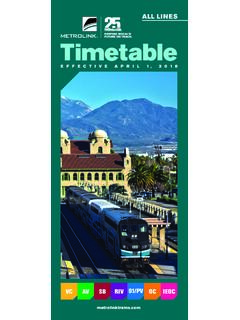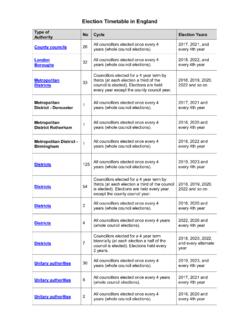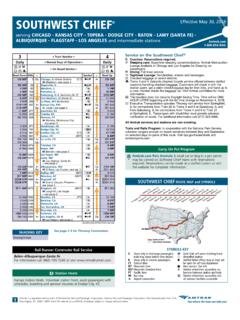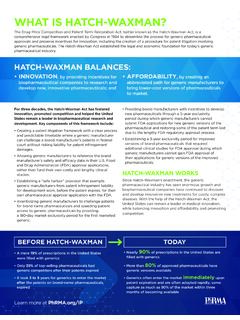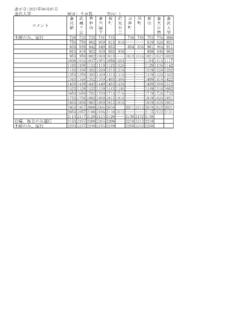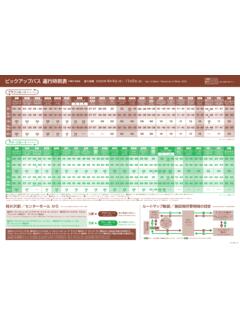Transcription of Induction for early career teachers (England)
1 Induction for early career teachers (England) Statutory guidance for appropriate bodies, headteachers, school staff and governing bodies Revised March 2021 To come into force on 1 September 2021 2 Contents About this guidance .. 6 Expiry or review date .. 6 What legislation does this guidance refer to? .. 6 Who is this guidance for? .. 6 Key points .. 6 What s new .. 7 Section 1: Introduction .. 8 Purpose of Induction .. 8 The statutory framework .. 8 Transitional arrangements .. 8 The relevant standards .. 9 Requirement to complete an Induction period .. 9 Exemptions to the requirement to serve an Induction period.
2 9 early career teachers may only serve one Induction period .. 10 Section 2: The Induction process .. 11 Institutions in which Induction may be served .. 11 Induction in a maintained, non-maintained or independent nursery school, or maintained children s centre .. 11 Induction in further education institutions (including sixth- form colleges and 16 19 academies) .. 12 Institutions where Induction cannot be served .. 12 Where Induction may be served or continued in a maintained school in special measures or an FE institution which has been judged inadequate .. 12 Checking a teacher is eligible to start an Induction period.
3 13 Qualified teacher status .. 13 Start date for Induction .. 13 3 Eligibility to carry out short-term (less than one term) supply teaching .. 14 A suitable post for Induction .. 14 Ensuring a reduced timetable .. 15 Determining the appropriate body .. 16 Conditions for teaching school hubs carrying out the appropriate body role .. 16 Charging by the appropriate body .. 16 Registering the ECT with the appropriate body .. 17 Named contact at the appropriate body .. 17 Informing the Teaching Regulation Agency of ECT appointments .. 17 Determining the length of the Induction period .. 17 Minimum period of continuous employment that can count towards Induction .
4 18 Length of the Induction period for an ECT who works part- time .. 18 Monitoring, support and assessment during Induction .. 18 early career Framework based training .. 19 Appointment of an Induction tutor .. 20 Appointment of a mentor .. 20 Observation of the ECT s teaching practice .. 20 Professional progress reviews of the ECT .. 21 Formal assessments .. 22 Interim assessments .. 23 Raising concerns .. 23 Completing the Induction period .. 23 Record 25 Confidentiality and data protection .. 25 Section 3: Special circumstances .. 27 Reducing the Induction period .. 27 4 Extending an Induction period to account for ad hoc absences.
5 28 Extension of the Induction period prior to completion due to statutory maternity, paternity, adoption, shared parental, or parental bereavement leave .. 28 Extension of the Induction period after Induction has concluded .. 28 Induction periods extended in Wales (before or after completion) .. 29 Data loss/error determining whether Induction has been satisfactorily completed .. 29 ECTs completing Induction in more than one institution simultaneously .. 30 Special provisions applying to teachers who gained QTS between 1 May 2000 and 30 April 2001 (Cohort 1) .. 31 Section 4: Unsatisfactory progress and appeals.
6 32 Putting in place additional monitoring and support .. 32 Action if performance is still unsatisfactory .. 32 Action in the event of serious capability problems .. 33 Making an appeal against a decision by the appropriate body .. 33 Section 5: Roles and responsibilities .. 34 The ECT .. 34 Headteachers and principals .. 34 Induction tutors .. 36 Mentors .. 37 Appropriate bodies .. 37 The governing body .. 39 Teaching Regulation Agency .. 40 Statutory .. 40 Non-statutory .. 40 Annex A: Exemptions .. 41 Further sources of information .. 44 Department for Education .. 44 5 Teaching Regulation Agency .. 44 Independent Schools teacher Induction Panel (IStip).
7 45 National teacher Accreditation (NTA) .. 45 Index .. 46 6 About this guidance This is statutory guidance from the Department for Education. This means that those involved in managing statutory Induction arrangements must have regard to it when carrying out their relevant duties. The guidance covers those settings which are both required to or choose to offer Induction to their early career teachers (ECTs). The term early career teacher refers to a newly qualified teacher in their first or second year of Induction . Expiry or review date This guidance updates and replaces the statutory guidance which accompanied the Education ( Induction Arrangements for School teachers ) (England) Regulations 2012.
8 This guidance will be kept under review and updated when necessary. What legislation does this guidance refer to? Sections 135A, 135B and 141C(1)(b), of the Education Act 2002 and The Education ( Induction Arrangements for School teachers ) (England) Regulations 2012 as amended. Who is this guidance for? This guidance is for: appropriate bodies local authorities; teaching school hubs; and other organisations determined by the Secretary of State who can act in this role; headteachers/principals, teachers and governing bodies in all maintained schools, independent schools, academies1 and free schools; and staff in other settings in which Induction can be served further education (FE) colleges; sixth-form colleges; British schools overseas (BSOs); nursery schools; and pupil referral units (PRUs).
9 Key points All qualified teachers who are employed in a relevant school2 in England must, by law, have completed an Induction period satisfactorily, subject to specified exemptions (see Annex A ). Statutory Induction is not a legal requirement to teach in FE or the independent sector, academies, free schools and BSOs, but may be served in these settings. early career Framework (ECF) based training is expected to be embedded as 1 Throughout this document academies includes 16 19 and alternative provision academies. 2 See paragraph for a list of relevant schools. 7 a central aspect of Induction ; it is not an additional training programme.
10 An appropriate body has the main quality assurance role within the Induction process. The appropriate body is responsible for checking that headteachers/principals have put in place an Induction programme for the ECT and ensuring that this programme of support is clearly based on the ECF. Monitoring and support throughout Induction should be sufficient that there are no surprises when an ECT reaches a formal assessment point. What s new This guidance has been significantly updated since the previous version (issued April 2018). The following key changes have been made: The term early career teacher (ECT) replaces newly qualified teacher (NQT).










